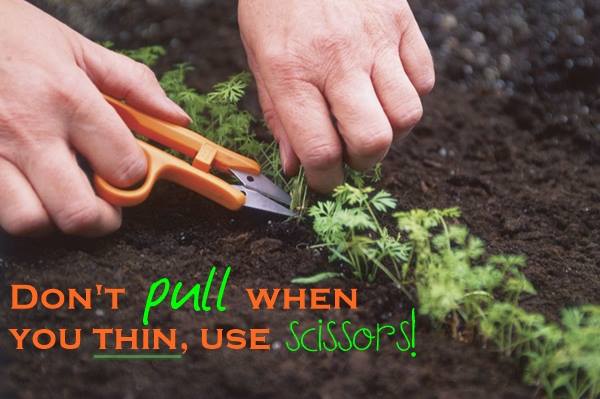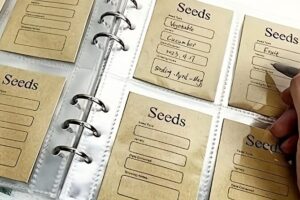
Coriander
The scientific name for coriander is Coriandrum sativum.
Cilantro, also known as coriander or Chinese parsley, is a versatile herb that is used in various culinary applications. It is native to the Mediterranean region but is now widely used in cuisines around the world. It has become more of a standard ingredient in dishes that New Zealanders are becoming familiar with, which might include.
1. Mexican Cuisine: Cilantro is an essential ingredient in Mexican cuisine, where it is used in dishes like salsa, guacamole, tacos, enchiladas, and ceviche. It adds a fresh and bright flavor to these dishes. Here are 43 recipes that include cilantro
2. Thai Cuisine: Cilantro plays a significant role in Thai cuisine, particularly in dishes like green curry, pad Thai, and tom yum soup. It adds a citrusy and herbal note to the dishes, balancing the spiciness and richness of Thai flavors. There are different varieties of Thai coriander including saw tooth coriander (culantro).
3. Indian Cuisine: Cilantro is widely used in Indian cuisine, both as a garnish and as a main ingredient in chutneys, curries, and raitas (yogurt-based side dishes). It adds a refreshing and aromatic touch to the dishes.
4. Middle Eastern Cuisine: Cilantro is commonly used in Middle Eastern dishes such as hummus, falafel, tabbouleh, and shawarma. It enhances the overall flavor profile of these dishes, adding a hint of freshness.
5. Vietnamese Cuisine: Cilantro is a common herb used in Vietnamese cuisine, particularly in dishes like pho (noodle soup), spring rolls, and banh mi (sandwich). Its vibrant flavor complements the savory and sweet flavors of Vietnamese dishes.
6. Latin American Cuisine: Cilantro is widely used in various Latin American cuisines. It is found in dishes like ceviche, arepas, empanadas, and chimichurri sauce. It adds a vibrant and herbaceous flavor to these dishes.
7. Caribbean Cuisine: Cilantro is often used in Caribbean dishes such as jerk chicken, rice and beans, and seafood preparations. Its fresh and aromatic qualities enhance the tropical flavors of the cuisine. Apart from these specific cuisines, cilantro can be found in fusion cuisines, salads, dressings, marinades, and even in some desserts. Its unique flavor profile adds a refreshing and vibrant element to a wide range of dishes across different culinary traditions.
Growing coriander involves selecting the right season, providing the appropriate growing conditions, and utilizing some tips and tricks.
Here is a step-by-step guide to help you:
Season: Coriander prefers cooler weather, so it is best to plant it in spring or autumn when the temperature ranges between (10-25°C). In warmer regions, it can also be grown during winter.
Soil: Coriander thrives in well-draining soil with a pH level of 6.2-6.8. Prepare the soil by adding compost or well-rotted manure to improve fertility and drainage. I mix in perlite to lighten my home made compost but you’ll need to make a judgment about the seed starting mix you are using as to whether it will drain well.
Sowing: Coriander can be directly sown in the ground or started indoors. If starting indoors, sow the seeds in pots or seed trays around 6-8 weeks before the last frost date. Plant the seeds about 2-5 mm deep and keep the soil consistently moist until germination (which usually takes 7-10 days).
Sunlight: Coriander needs full sun or partial shade to grow well. Ensure it receives at least 4-6 hours of sunlight each day.
Watering: Coriander prefers evenly moist soil. Water the plants regularly, keeping the soil moist but not waterlogged. Avoid overwatering as it can cause root rot.

Thinning: Once the coriander seedlings have grown a few cms tall, thin them out to provide adequate space for each plant. Use scissors so you don’t disturb the roots.
Space them around 15- 20cm apart if transplanting. Make sure you do this or you won’t get the height in the plant needed to harvest enough leaves.
Harvesting: Coriander leaves can be harvested once the plants reach about 15cm in height. Snip the outer leaves with a pair of scissors, leaving the inner leaves to continue growing. Continual harvesting will encourage new leaf growth. Alternatively, you can allow some plants to bolt and produce seeds, which are known as coriander seeds and can be collected for culinary purposes.
Tips and Tricks:
My first efforts in growing coriander were in the she’ll be right category. I soon discovered that coriander will bolt extremely quickly if it is too hot. In fact, I grew a batch in my tunnel house during summer and they went from seedling to flower almost immediately.To extend the growing season and prevent the plants from bolting, you can provide some shade during the hottest part of the day. Coriander is prone to bolting in hot weather. To minimize this, choose slow-bolting varieties or plant it in a location with afternoon shade.
Mulching around the plants helps to conserve moisture and suppress weed growth. – Regularly pinch off any flowers that appear, as this can cause the plants to go to seed prematurely. If you want a continuous supply of coriander leaves, sow a new batch of seeds every few weeks.
Because coriander seeds are so large it is a simple process to let bolted plants go to seeds and dry on the plant. Pick them off as your own seed supply.
Tag:coriander



